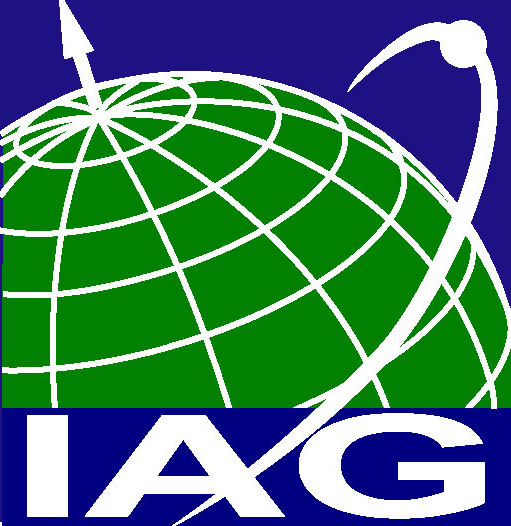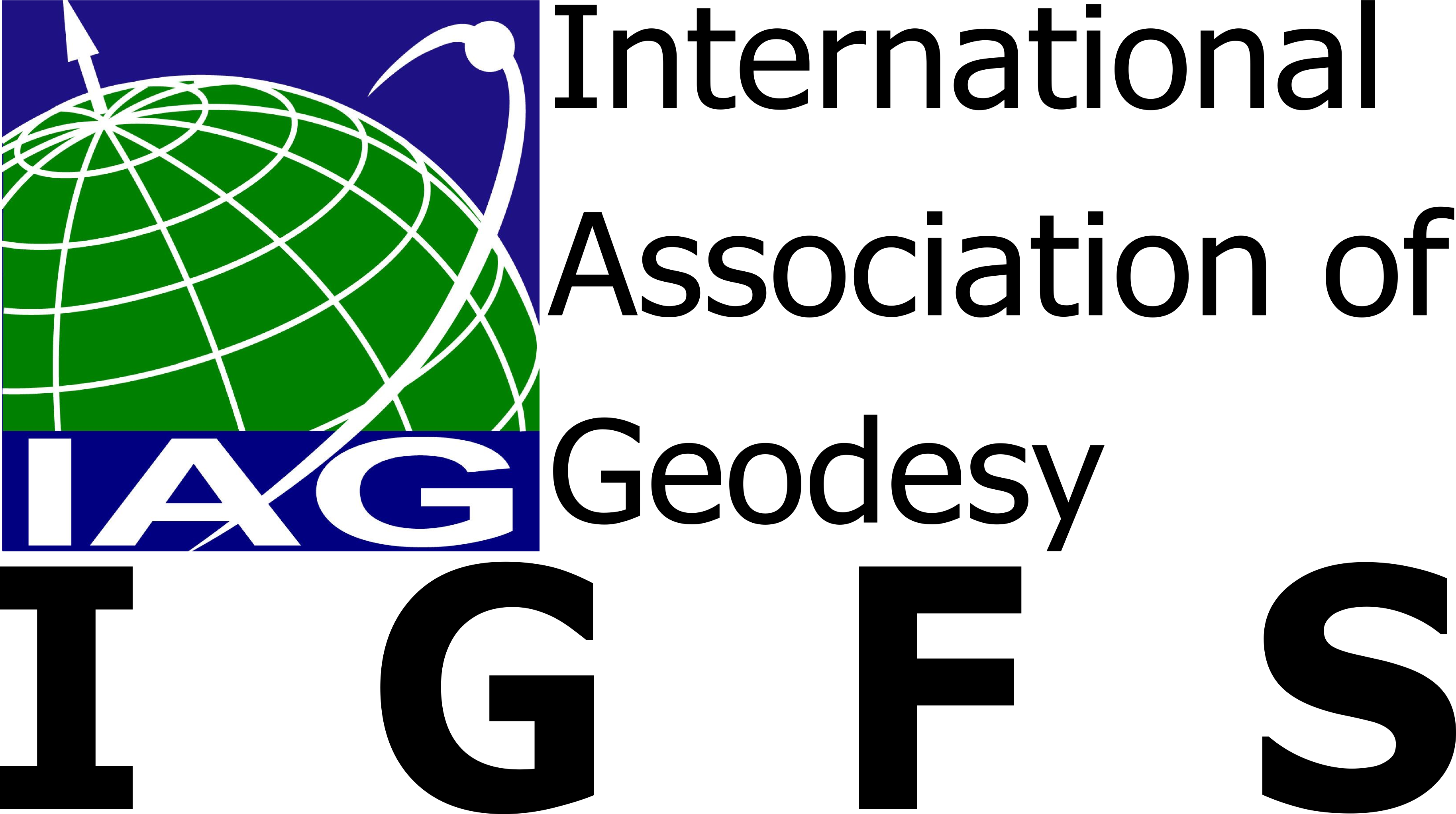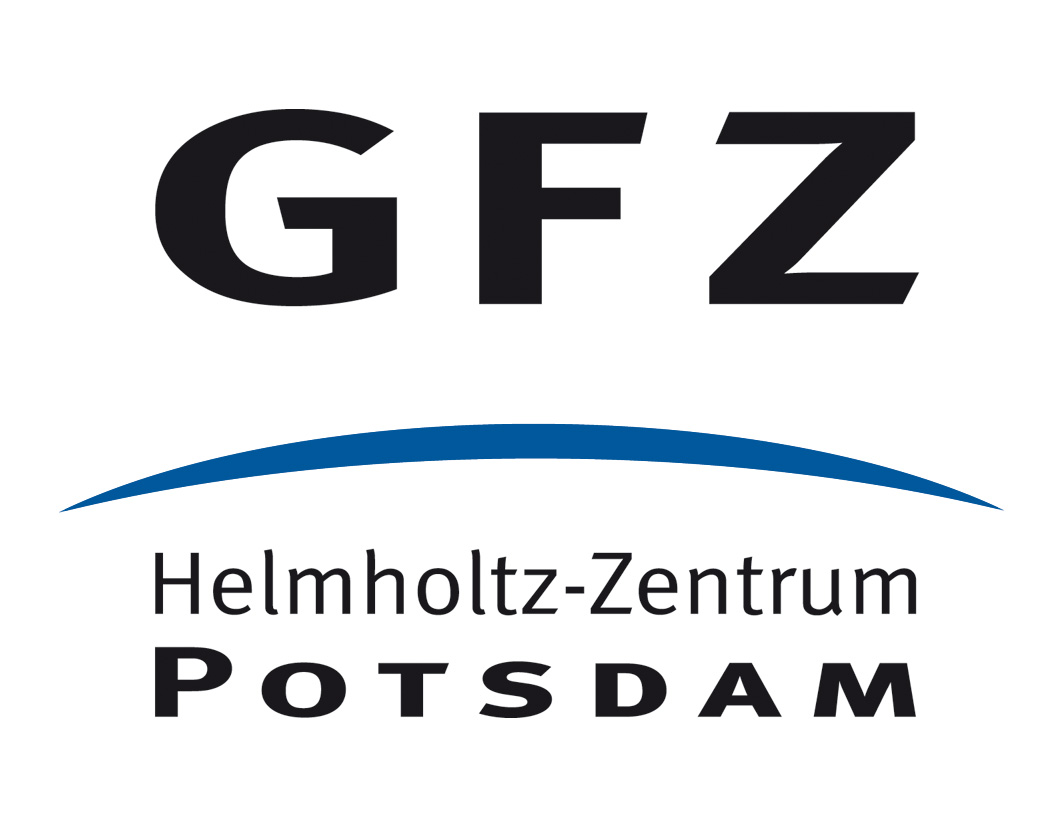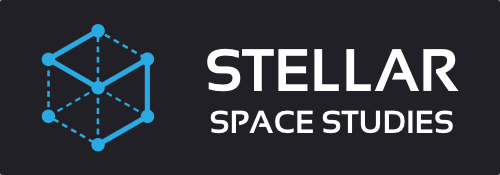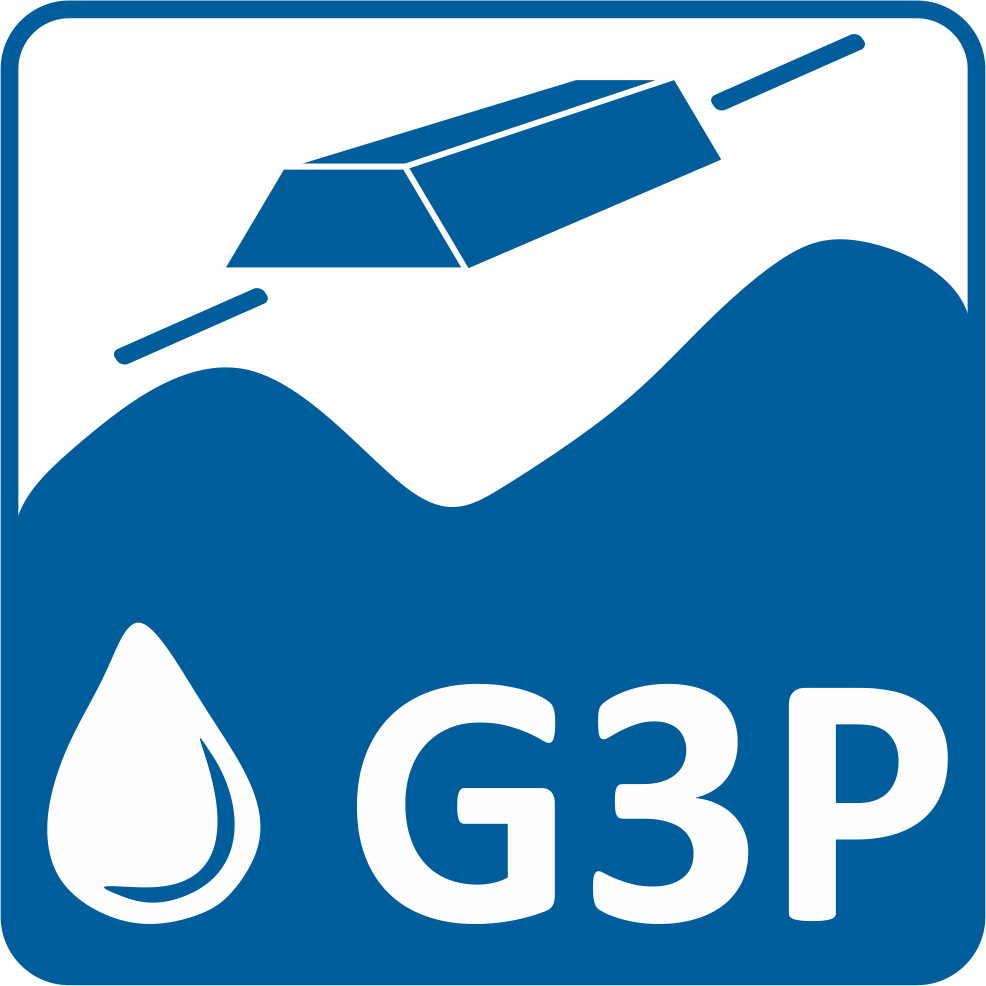Introduction
General information
Earth observation (EO) satellites yield a wealth of data for scientific, operational and commercial exploitation. However, the redistribution of environmental mass is not yet part of the EO data products to date. These observations, derived from the Gravity Recovery and Climate Experiment (GRACE) mission, and by GRACE-FO (Follow-on), deliver fundamental insights into the global water cycle, ice mass resdistributions, ocean circulation and the solid Earth. For example, changes in continental water storage control the regional water budget and can, in extreme cases, result in floods and droughts that often claim a high toll on infrastructure, the economy and human lives.

The Gravity Recovery and Climate Experiment (GRACE) mission and GRACE-FO (Follow-on)
The NASA/DLR GRACE satellite mission provided 15 years (2002-2017) of observations of the changing Earth masses in the Earth system, e.g. the ice masses on Greenland. A number of analysis centers are engaged in the determination of these mass variations, many of them are Analysis or Partner Analysis Centers in COST-G. Its successor mission GRACE-FO, implemented and operated by NASA and the German Research Centre for Geosciences (GFZ), is now in space and continues to provide data of the same quality as GRACE.

Due to different processing strategies, individual solutions of the analysis centers differ in terms of mass variation. COST-G aims at consolidating these monthly global gravity models in terms of spherical harmonic coefficients (Level 2) and derived grids (Level 3) by combining the solutions of the individual centers.
The history of COST-G
COST-G continues the activities of the Scientific Combination Service of the H2020 project European Gravity Service for Improved Emergency Management (EGSIEM) to realize a long-awaited standardization of gravity derived mass transport products and to improve robustness and the reliability of the individual solutions. EGSIEM received funding from the European Union’s Horizon 2020 research and innovation programme under grant agreement No 637010, and has been supported by the Swiss State Secretariat for Education, Research and Innovation (SERI) under contract number 15.0032.
COST-G was inaugurated in 2019 and started providing results in July 2019. The general motivation has been to increase the awareness and allow decision makers to timely take proper action: decision making – public safety – infrastructure and property – resource management – research opportunities.
The equation is simple: better knowledge yields better decision making
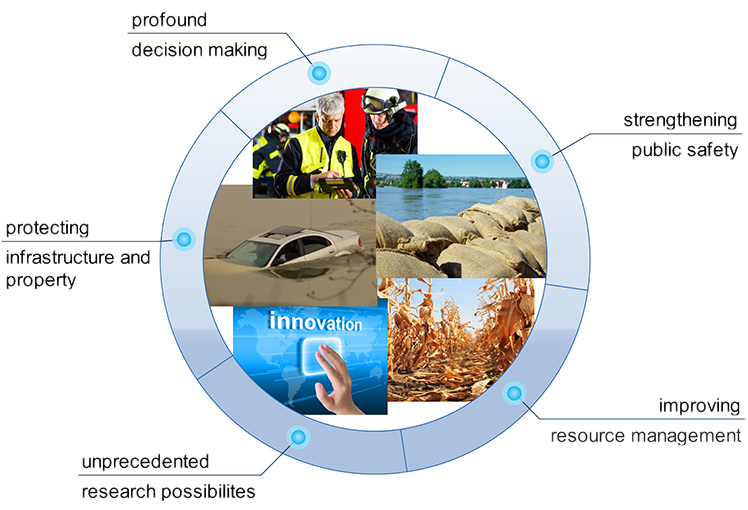
Click here to download the project flyer.

